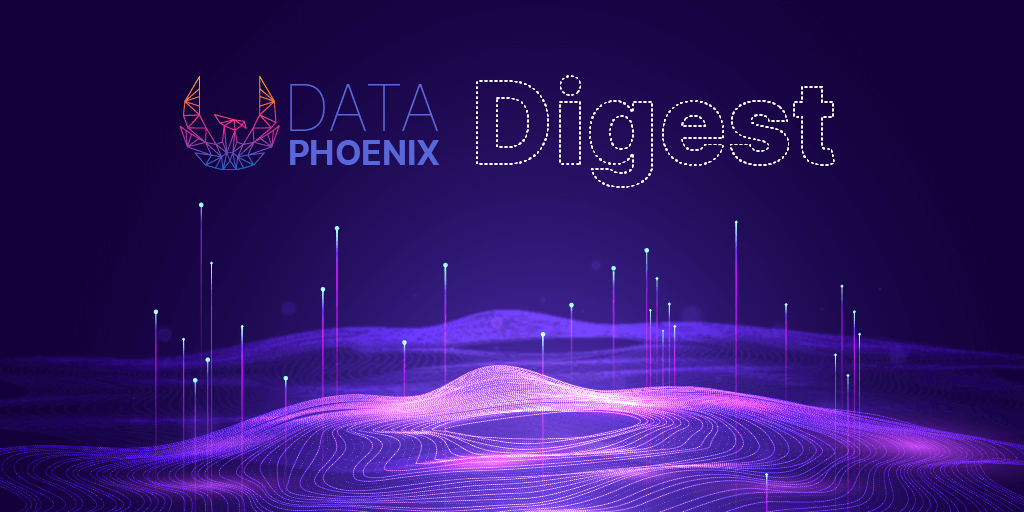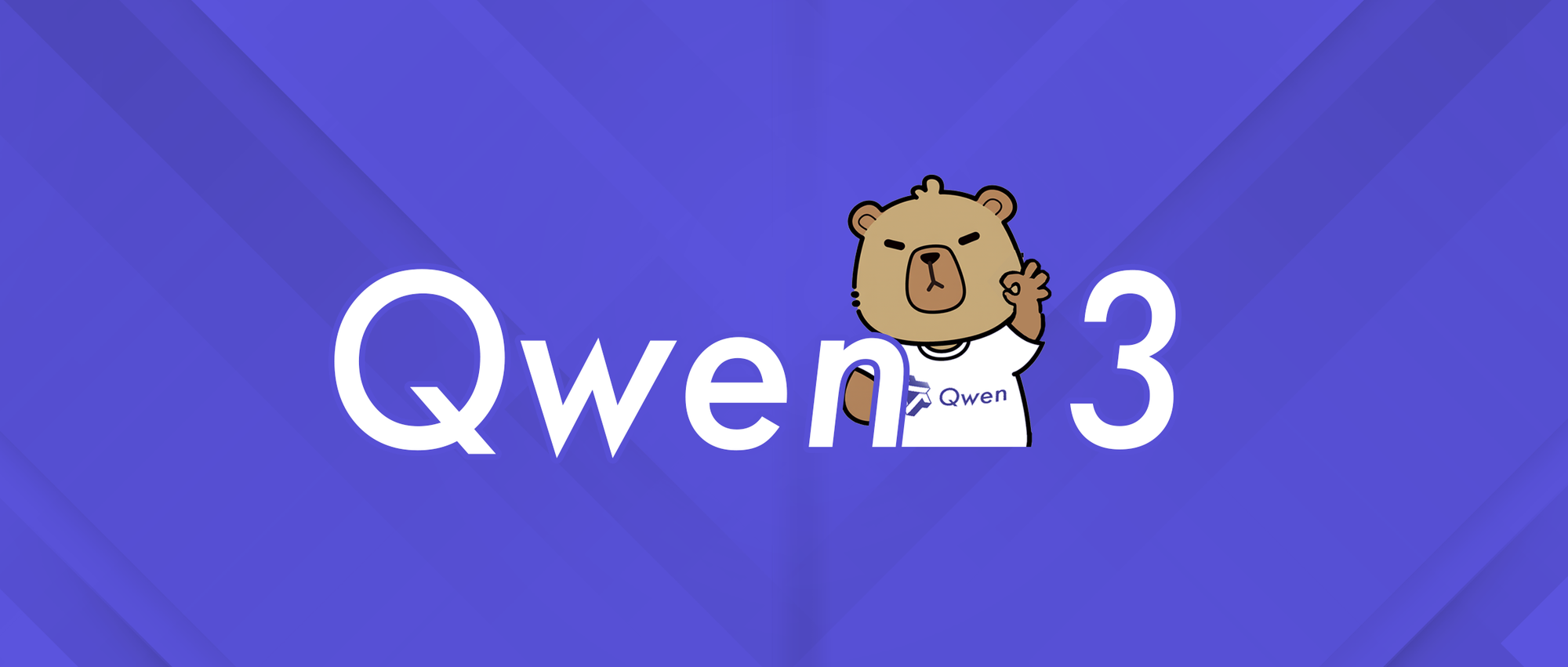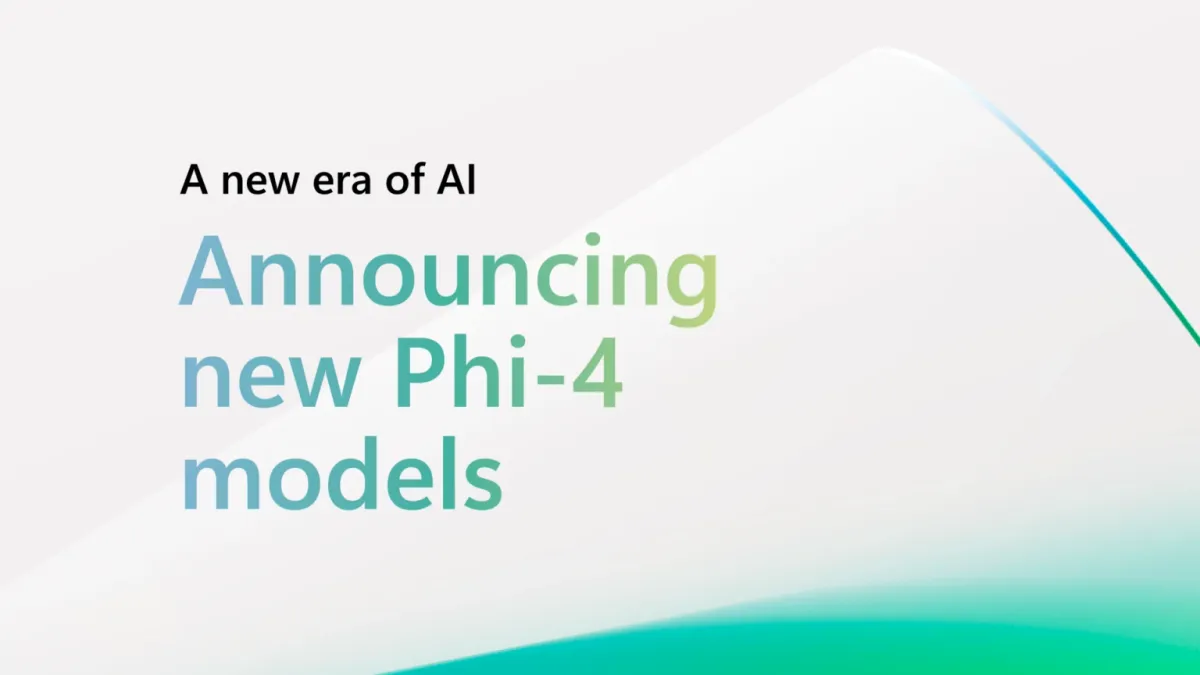NEWS
ARTICLES
Introducing Text and Code Embeddings in the OpenAI API
Embeddings is a new endpoint in the OpenAI API that makes it easy to perform natural language and code tasks like semantic search, clustering, topic modeling, and classification.
Two-Dimensional Tensors in Pytorch
In this article, you’ll learn about creating two-dimensional tensors in PyTorch and explore their types and shapes. Check out the code to get into the details of the process.
The Unsupervised Reinforcement Learning Benchmark
This post presents a benchmark (URLB) for evaluating the performance of generalist Reinforcement Learning agents. Explore the open-sourced code for URLB.
Anomaly Detection with Isolation Forest and Kernel Density Estimation
After going through this tutorial, you will be able to define, understand, and implement the anomaly detection algorithms to analyze and interpret the results from data.
To Understand Language is to Understand Generalization
In this article, the author claims that the structure of language is the structure of generalization. Learn about his reasoning and the results that come from it.
PAPERS
Instant Neural Graphics Primitives with a Multiresolution Hash Encoding
Neural graphics primitives are costly to train and evaluate. Learn how to reduce the cost with a versatile new input encoding that permits the use of a smaller network without sacrificing quality.
Boundary-aware Self-supervised Learning for Video Scene Segmentation
The researchers explore a pseudo-boundary from a sequence of shots by splitting it into two continuous, non-overlapping sub-sequences, to leverage it to facilitate the pre-training.
A ConvNet for the 2020s
In this paper, the authors reexamine the design spaces and test the limits of what a pure ConvNet can achieve. Learn about the outcome of this exploration!
LaMDA: Language Models for Dialog Applications
LaMDA (Language Models for Dialog Applications) is a family of Transformer neural language models specialized for dialog, pre-trained on 1.56T words of public dialog data and web text.
Conversational Information Seeking
In this paper, you’ll find an overview of definitions, applications, interactions, interfaces, design, implementation, and evaluation of conversational information seeking (CIS).
PROJECTS
Plenoxels: Radiance Fields without Neural Networks
Plenoxel (plenoptic volume element) is a view-dependent sparse voxel model that can optimize to the same fidelity as Neural Radiance Fields (NeRFs) without any neural networks.
NeROIC: Neural Object Capture and Rendering from Online Image Collections
NeROIC is a method to acquire object representations from image collections, capturing geometry and material properties from photos with varying cameras, illumination, and backgrounds.
COURSES
Deep Learning Course by New York University
This 14-week course covers in detail 8+ deep learning topics (from historical context to machine translation tasks) and includes extensive lectures, labs, and notebooks.
Stanford CS224U Natural Language Understanding | Spring 2021
This playlist includes a comprehensive course on NLP presented by Stanford. In total, it features 63 videos explaining different aspects of NLP and related concepts. Worth having a look!
PODCASTS & INTERVIEWS
Developing Solid State LiDAR with Baraja CTO Cibby Pulikkaseril
Baraja is a company that has reinvented LiDAR for self-driving vehicles by using a color-changing laser routed by a prism. Learn more from Cibby Pulikkaseril, founder and CTO!






Comments